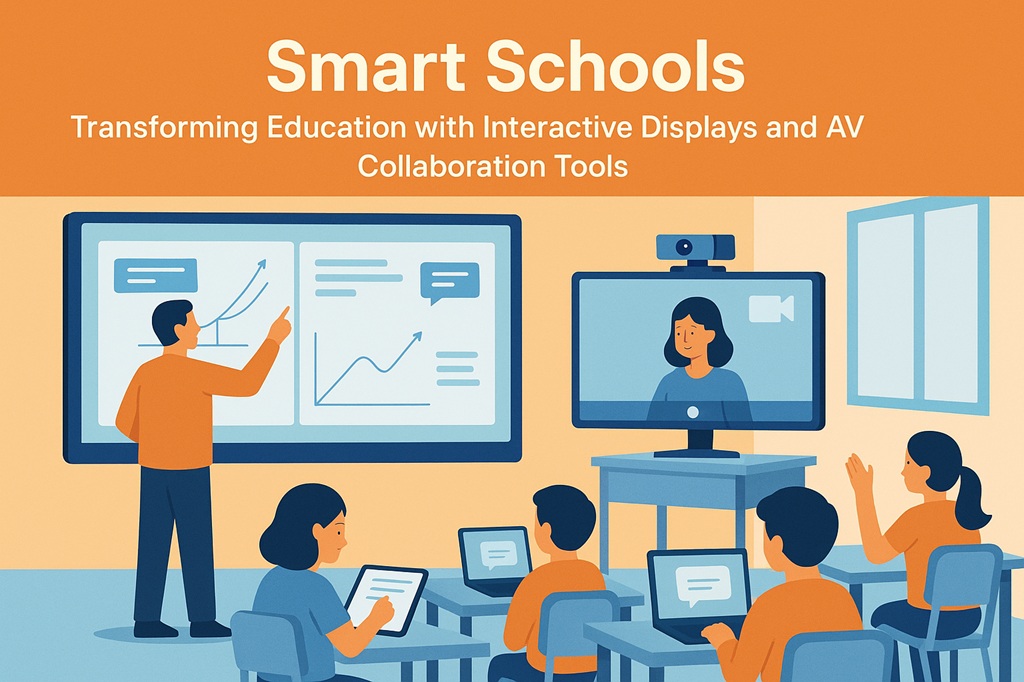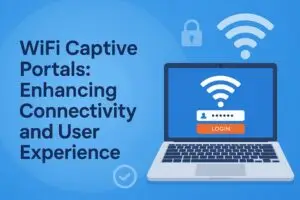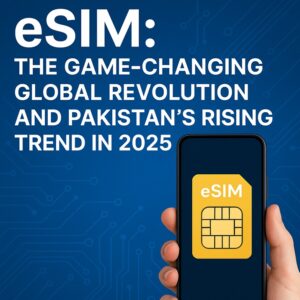From Chalkboards to Smart Screens:
How AV Tech is Reshaping Traditional Schools
For generations, classrooms remained nearly unchanged—rows of desks facing chalkboards, teachers delivering lectures from the front, and learning confined to books and static visuals. While effective in its time, this traditional model often lacks the engagement and adaptability modern learners require. Today, education is undergoing a fundamental transformation. Classrooms are becoming more interactive, student-cantered, and technologically enriched. This evolution is giving rise to Smart Schools—learning environments that blend digital tools with pedagogical innovation to make education more immersive, flexible, and inclusive than ever before.
Table of Contents
Intelligent Interactive Displays: Replacing the Chalkboard
Where chalk once ruled, touch-sensitive displays now empower. Modern interactive boards allow educators to annotate over any content, display multimedia with ease, and even run entire lessons without a laptop. These screens let multiple students touch and work on them at the same time, making it easy for them to team up and learn together. It’s like using their phones or tablets, which they already know well from outside school. Whether solving equations, exploring digital maps, or conducting science simulations, interactive displays turn passive lessons into dynamic engagements.
AV Collaboration: Redefining Connection
Audio-visual collaboration tools have become foundational in Smart Schools. High-definition cameras, intelligent microphones, and wireless casting software create inclusive learning spaces where every voice is heard—whether on-site or remote. These tools ensure that students learning from home or across different campuses experience the same level of interaction and visibility as their peers in the classroom. Educators, too, gain the ability to teach in hybrid formats without compromising lesson quality.

Seamless Hybrid and Blended Learning
The shift towards blended learning has made
flexibility a core requirement of modern education. Smart Schools meet this
need by offering integrated platforms where lessons can be streamed, recorded,
and replayed across devices. Students can revisit concepts at their own pace,
while teachers gain insights through real-time feedback and analytics. This
model ensures continuity in education regardless of external disruptions or
student location.
Engagement That Goes Beyond the Screen
Smart technologies bring lessons to life. Built-in tools for quizzes, polls, and collaborative activities make learning active rather than passive. By encouraging interaction through games, simulations, and digital storytelling, educators can maintain student interest while reinforcing comprehension. The result is a more vibrant and participatory classroom culture that encourages curiosity and independent thinking.
Personalized Learning for Diverse Needs
Not every student learns the same way. Smart School systems often provide differentiated instruction by offering tailored content for various learning styles and abilities. Students who learn best through visuals can explore content through images and videos, while those who prefer listening gain from audio-based lessons and recorded sessions. Kinesthetic learners use hands-on tools and activities on screens. This personal way of learning helps them understand better and remember more.

Empowering Educators Through Technology
The transformation to Smart Schools also empowers teachers. With tools for lesson planning, real-time assessment, and classroom management, educators can focus more on teaching and less on administration. Intuitive software platforms and centralized dashboards allow for quick access to resources, enabling teachers to adapt and respond more effectively to student needs.
Inclusive and Safe Learning Environments
Modern smart classrooms consider both physical and cognitive accessibility. Features like voice-to-text, text-to-speech, and adjustable display settings assist students with special needs. Additionally, health-conscious designs such as antibacterial screen coatings and blue light filters promote safety and comfort in long learning sessions.
Centralized Management and Sustainability
Managing a large network of classrooms is simplified through centralized device control and cloud-based updates. Administrators can push lesson content, manage user accounts, and monitor performance from a single interface. Moreover, the reduction in paper usage, energy-efficient displays, and long-lasting hardware contribute to more sustainable educational ecosystems.
The Global Movement Toward Smart Education
Educational institutions around the world—from urban centers to rural areas—are adopting smart classroom technologies. Whether through public-private partnerships, donor-funded initiatives, or institutional investments, the global shift reflects a shared recognition that digital tools are essential for preparing students for a technology-driven future. Real-world case studies show successful transformations not only in well-funded private schools but also in resource-constrained public institutions.
Key Components
- (IFP) / Smart Blackboard: An Interactive Flat Panel (IFP) or Smart Blackboard enhances classroom engagement by providing a touch-enabled, digital display for dynamic teaching and collaboration.
- AV Peripherals & Accessories: AV peripherals and accessories, such as microphones, speakers, and mounting systems, ensure seamless audio-visual integration for enhanced presentation and communication.
- Capturing System: A capturing system records and streams lessons or presentations, enabling remote learning and content sharing with high-quality video and audio.
- Document Camera: A document camera projects physical documents, objects, or demonstrations onto a display, facilitating real-time visual teaching and detailed presentations.
- Smart Podium: A smart podium integrates control of multimedia, annotations, and presentations, streamlining lectures from a centralized, interactive platform.
- Software / EcoSystem: The software ecosystem connects devices, content, and users, providing intuitive tools for collaboration, lesson planning, and interactive learning management.
- Fast Internet: Fast internet ensures smooth connectivity for real-time collaboration, streaming, and access to cloud-based educational resources without interruptions. Click here to review more details about Fast Internet Speed in Pakistan.

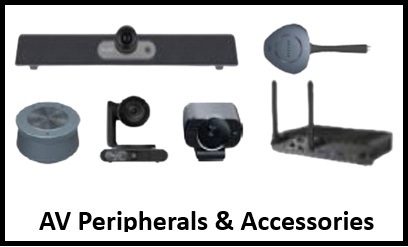

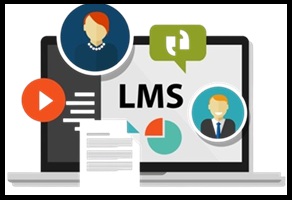


Cost vs Value: Are Smart Schools Worth It?
It’s true that setting up a Smart School requires an initial investment. Devices, software, and training programs don’t come cheap. However, the long-term value is significant. Smart Schools reduce printing costs, save time on administrative tasks, and boost student performance. More importantly, they prepare students for a future where digital literacy is non-negotiable. Investing in Smart Schools is like investing in a fuel-efficient car—it might cost more upfront, but it pays off in the long run with better mileage, fewer breakdowns, and smoother journeys.
Training and Support for Educators
For technology to be effective in education, teachers must be comfortable using it. Smart Schools understand this and provide continuous training and support for their educators. From workshops to one-on-one coaching, teachers are given the tools and confidence to integrate tech into their lessons. Many systems also include help desks and online support, ensuring that teachers are never alone when navigating new tools.
Applications
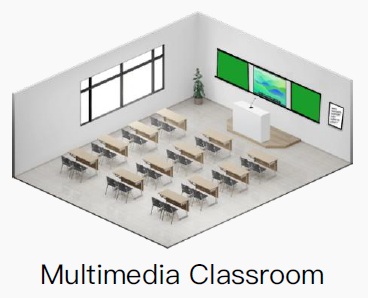

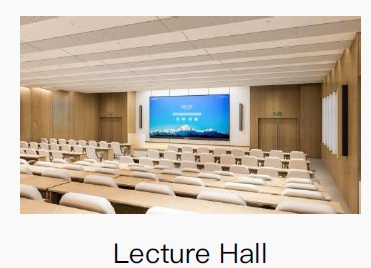
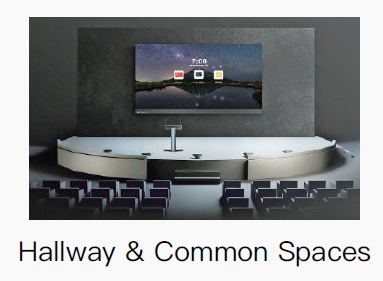
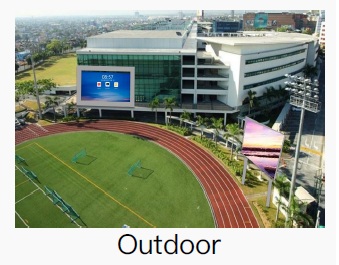
Transforming Education: Government and Private School Initiatives in Pakistan
The smart school trend in Pakistan started in 2012, when The City School, a private institution, launched “The Smart School” initiative in Pakistan Click here for more details, introducing an e-learning model to promote modern, holistic education across the country. Later on 2013, Beaconhouse School System, Northern Region, where they initiated a pilot project titled “Enhanced Learning Environment – ELE” in 12 branches.
These efforts were expanded in 2016 when the federal government, under Vision 2025 Click here for more details, initiated the SMART School project, transforming 32 public schools—24 in Islamabad and 8 in other provinces—into smart schools. These schools adopted technology-driven learning with computers, internet access, online resources, and teacher training to enhance educational quality. Together, these public and private initiatives highlight Pakistan’s commitment to modernizing education by integrating technology, making learning more interactive and aligned with today’s needs. Below is a table listing major institutions that have adopted the Smart School system.
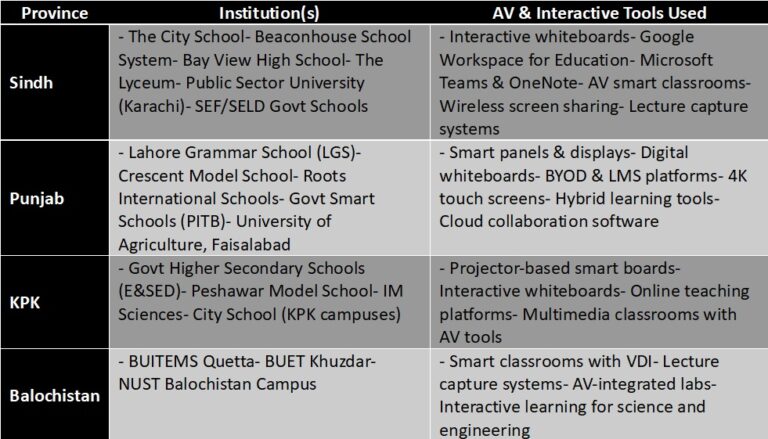
Pakistan’s provinces are advancing digital education through targeted initiatives. In Punjab, the Huawei Smart Classroom Project, launched in 2024, equips schools with AI-powered tools and interactive whiteboards, while the E-Rozgaar Program trains youth in digital skills (https://pitb.gov.pk/erozgaar). Sindh sustains progress with the Sindh Education Foundation’s Smart Classrooms in districts like Mirpurkhas, the SELECT Project for early learning, and the People’s School Program, equipping over 700 schools with digital labs https://rsu-sindh.gov.pk/select-project.php.
They have also launched Introducing Smart Teaching and Learning (INSTAL). This program provides SEF-supported schools with Android-based e-learning applications aligned with the national curriculum, along with tablet computers, LED TVs, and solar panels to address electricity issues.( https://www.sef.org.pk/initiative-install)
Khyber Pakhtunkhwa (KPK) maintains interactive whiteboards in over 600 schools, with plans to expand to 500 more, supported by ongoing reforms (https://kpese.gov.pk/distance-learning/ ) Balochistan progresses slowly with digital libraries and smart boards, backed by budget allocations for IT labs (https://www.globalpartnership.org/where-we-work/pakistan). These initiatives reflect Pakistan’s commitment to modernizing education, despite regional challenges.
Conclusion: Redefining the Future of Learning
The transformation from traditional to smart classrooms is not just about adopting new tools—it’s about rethinking how education works in the 21st century. Interactive displays, AV collaboration, hybrid models, and personalized learning are converging to create environments that are more effective, engaging, and equitable. As Smart Schools continue to evolve, they promise to empower teachers, elevate student achievement, and build a more connected, informed, and adaptable society.
If you found this blog informative / insightful and would like to share your ideas with us—or if you’re interested in learning more about Smart School technologies, digital ecosystems, or the role of AI in modern education—feel free to reach out at Editors@netglowz.com. We’d love to hear from you.
Frequently Asked Questions (FAQs)
Q1: What is a Smart Classroom?
A Smart Classroom is a technology-enhanced learning environment that incorporates interactive displays, audiovisual tools, internet connectivity, and digital learning platforms to improve teaching and learning outcomes.
Q2: How is a Smart School different from a traditional school?
Unlike traditional schools that rely on chalkboards and printed textbooks, Smart Schools use digital tools like touchscreens, online content, and real-time collaboration to create an interactive, student-centered learning experience.
Q3: What technologies are commonly used in Smart Classrooms?
Smart Classrooms typically feature interactive flat panels, digital whiteboards, audio-visual conferencing tools, cloud-based content management systems, wireless casting, and educational software for quizzes, simulations, and assessments.
Q4: Do Smart Classrooms support remote learning?
Yes, most modern Smart Classrooms are designed to support hybrid and remote learning through live streaming, lesson recording, screen sharing, and virtual classroom software.
Q5: How do Smart Schools personalize learning for students?
Smart Schools often use digital platforms that adapt to different learning styles. For example, visual learners benefit from multimedia content, auditory learners use recorded lectures, and kinesthetic learners interact with touch-based tools and simulations.
Q6: Are Smart Schools more expensive to operate?
Initial setup costs can be higher due to hardware and software investments. However, over time, Smart Schools can reduce costs related to paper, books, and administrative tasks, while improving educational outcomes.
Q7: How do Smart Schools benefit teachers?
Teachers gain access to tools for lesson planning, instant assessments, content sharing, and real-time feedback. These technologies streamline classroom management and make lessons more engaging and effective.
Q8: Are Smart Classrooms safe for students?
Yes, most Smart Classrooms include features like eye-care screens, antibacterial coatings, and environmentally conscious hardware. They are also designed to support students with special needs through accessible technologies.
Q9: Is the Smart School trend growing globally?
Absolutely. Schools in both developed and developing regions are adopting smart technologies to modernize education, increase digital literacy, and prepare students for a tech-driven future.
Q10: Can traditional schools transition to Smart Schools?
Yes. Many traditional schools are adopting smart technologies in phases—starting with AV tools and digital content, and gradually moving toward full smart classroom integration.
References
Government and Public Sector Sources
- Punjab Smart Classroom Initiative (Huawei Collaboration)
The Khyber Mail – Punjab Smart Classroom Launch - KPK Government Interactive Whiteboards
Dawn News – Whiteboards in KPK Schools - Sindh Education Foundation (SEF) Smart Classrooms
SEF Facebook Video – Smart Classrooms in Mirpurkhas - Balochistan Education Department Smart Board and Lab Projects
Balochistan EMIS – Flagship Projects - Punjab Sikhya Kranti Initiative (Modernization of 12,000 Schools)
Times of India – Punjab Govt Invests in Smart Schools
School & Higher Education Institution Sources
- The City School (Interactive Learning Tools)
The City School EdTech Page - Beaconhouse School System (Interactive and Digital Classrooms)
Beaconhouse Curricular Enrichment - University of Agriculture Faisalabad (Smart Panels Deployment)
Hikvision – Education Case Study: UAF Pakistan - Roots International Schools & Colleges
Roots International – Global Programs - BUITEMS Smart Classrooms (Quetta)
BUITEMS Smart Classrooms
- The City School (Interactive Learning Tools)
EdTech and Vendor Case Studies (Used Generically in Blog)
- MAXHUB Education Solution

